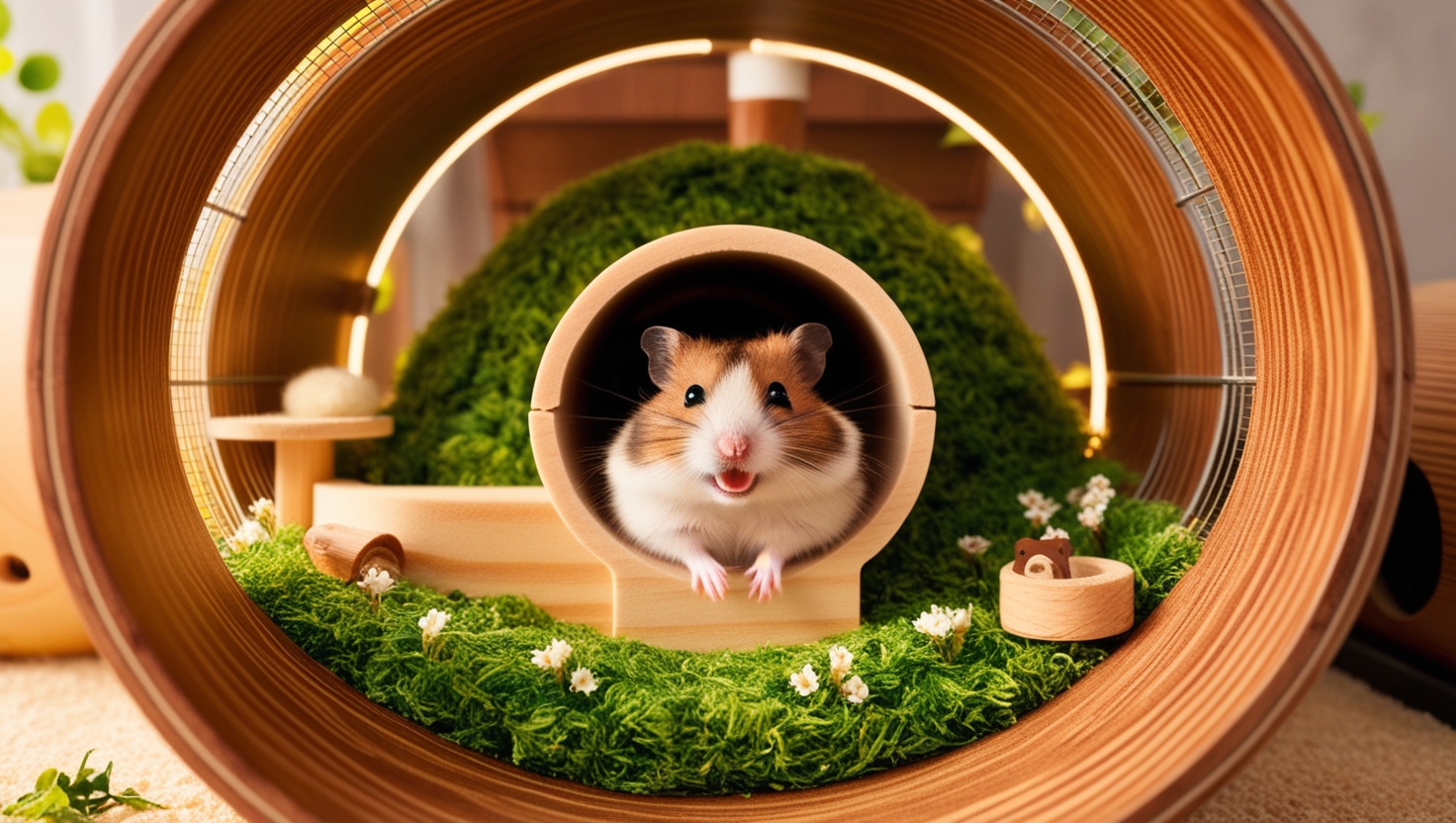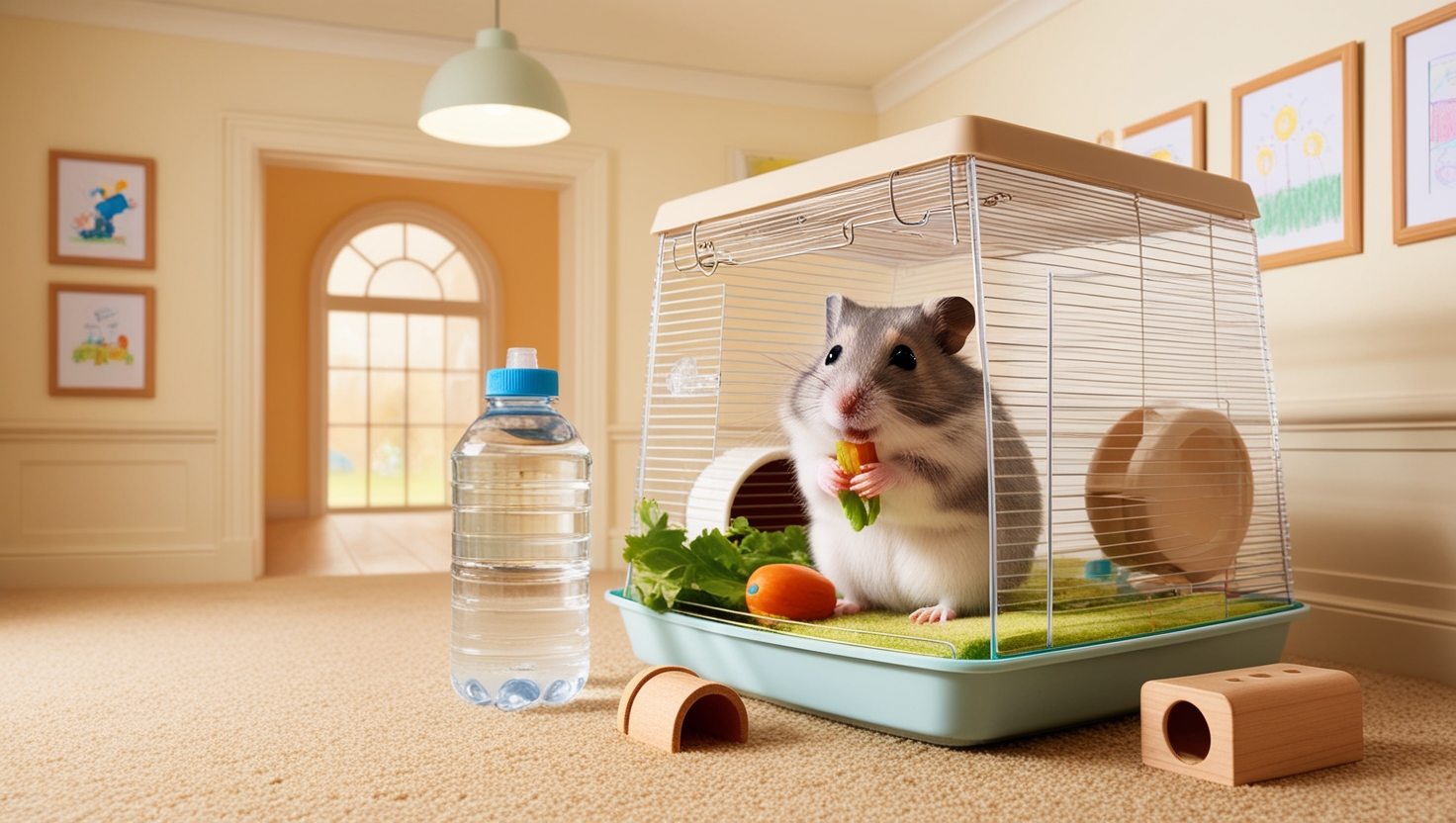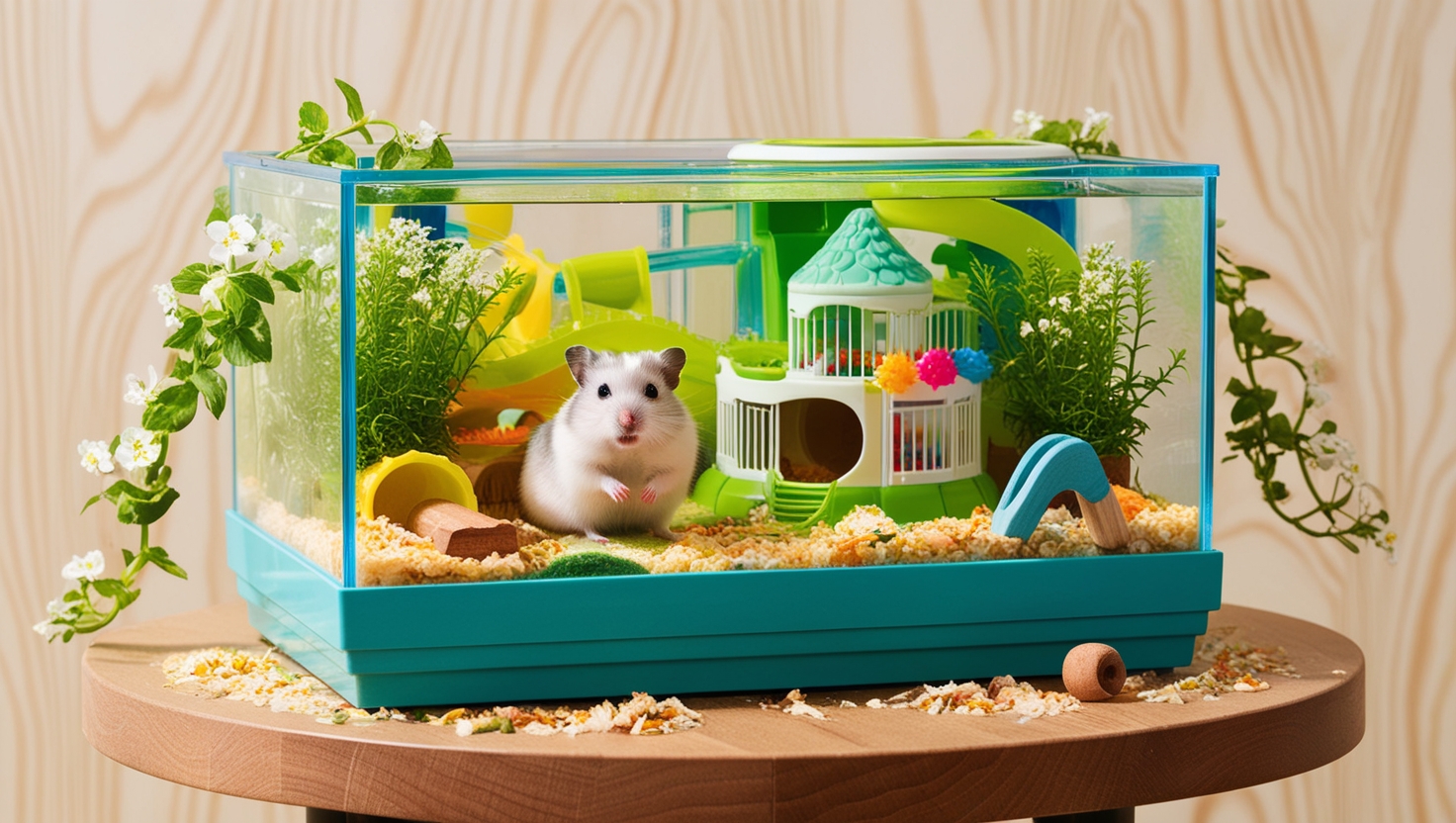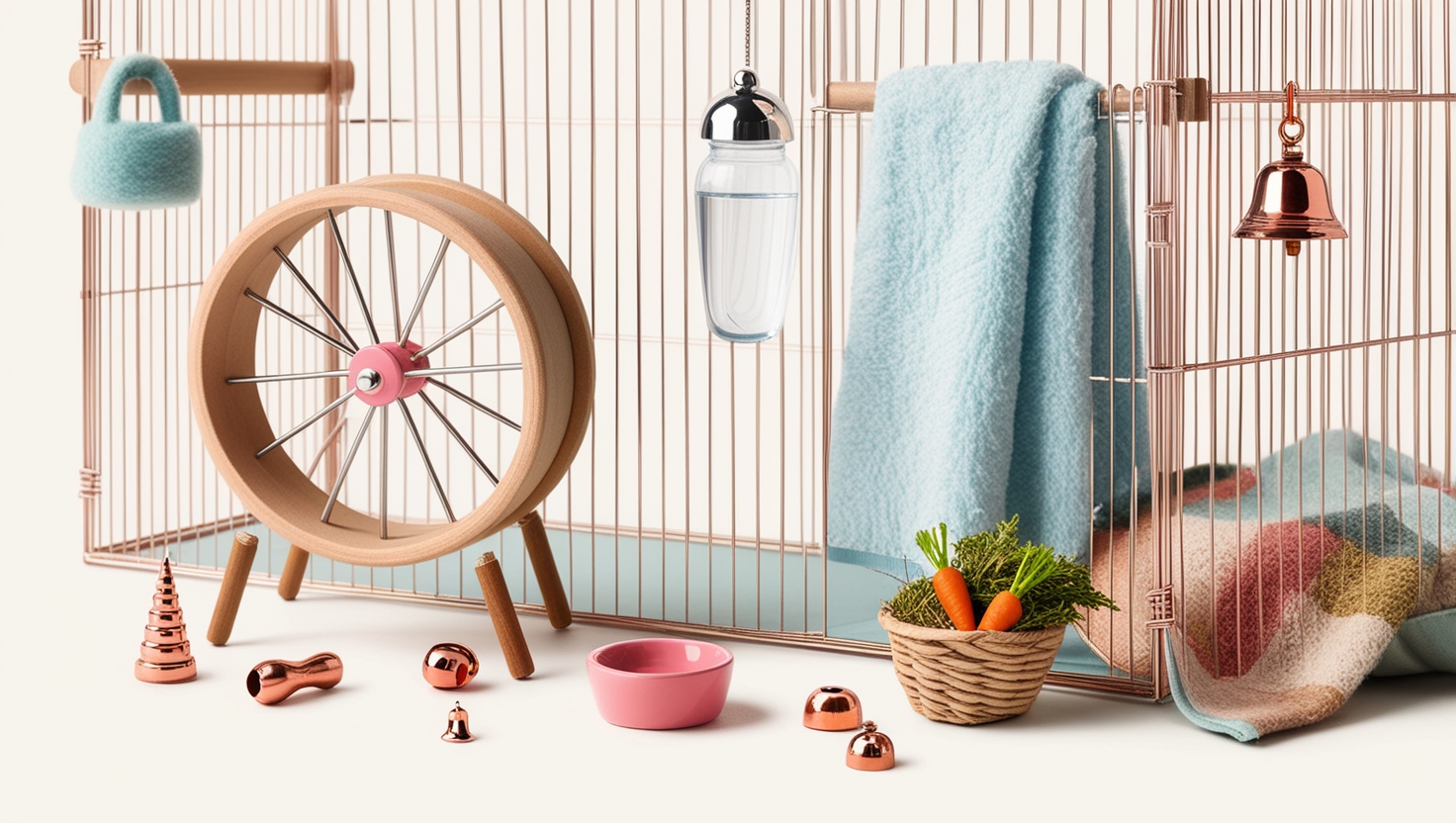So, you’re thinking of welcoming a hamster into your home? That’s fantastic! Hamsters are delightful little creatures that bring joy and entertainment to people of all ages. As an experienced hamster parent and advocate, I’m here to guide you through one of the most crucial decisions you’ll make: choosing the perfect hamster cage.
While Petland offers a variety of small animal habitats, and I encourage you to check out their selection, remember there’s a whole world of options out there! This guide will equip you with the knowledge to make an informed decision, ensuring your hamster enjoys a safe, spacious, and stimulating environment.
Why Cage Size Matters: Think Bigger!
Many new hamster owners underestimate just how much space these active animals need. A common mistake is opting for cages that are too small, which can lead to boredom, stress, and even health issues.
Here’s what to keep in mind:
- Minimum Space: While the minimum recommended cage size is often debated, I always advise aiming for at least 450 square inches of unbroken floor space. This means the floor space shouldn’t be obstructed by levels or platforms, giving your hamster ample room to run and explore.
- Think Beyond Floor Space: Hamsters are natural climbers and burrowers! A tall cage with multiple levels connected by ramps, ladders, or tubes is ideal.
Types of Hamster Cages: Pros and Cons
1. Wire Cages:
- Pros: Excellent ventilation, easy to clean.
- Cons: Can be drafty, some hamsters may chew on the bars, bedding can be kicked out easily.
2. Plastic Cages (Modular or Tank Style):
- Pros: Generally escape-proof, come in various shapes and sizes, offer more privacy for burrowing.
- Cons: Ventilation can be an issue, require more frequent cleaning to prevent odors.
3. Glass Aquariums:
- Pros: Offer a clear view of your hamster, good for containing bedding, provide a sense of security.
- Cons: Heavy and fragile, can be difficult to clean, ventilation can be a concern.
4. DIY Cages:
- Pros: Highly customizable to your hamster’s needs and your space.
- Cons: Requires time, effort, and some DIY skills.
Setting Up Your Hamster’s Dream Home:
Choosing the cage is just the first step! Here’s how to create a stimulating and comfortable environment:
- Bedding: Aspen shavings are a great option. Avoid cedar or pine, as they contain harmful oils.
- Nesting Material: Provide shredded paper, tissues, or hay for your hamster to build a cozy nest.
- Food and Water: Use a ceramic dish for food and a water bottle with a sipper tube.
- Enrichment Items: Hamsters need plenty of mental and physical stimulation! Provide a solid wheel (at least 10 inches in diameter for Syrian hamsters), chew toys, hideouts, and tunnels.
- Deep Bedding for Burrowing: Aim for a bedding depth of at least 6 inches to satisfy your hamster’s natural burrowing instincts.
Beyond Petland: Exploring All Your Options
While Petland offers a great starting point, don’t hesitate to branch out! Online retailers, pet supply stores, and even rescue organizations often have a wider variety of hamster cages.
Here are some additional tips:
- Research and Compare: Before making a purchase, read reviews, compare prices, and consider your hamster’s specific needs.
- Talk to Experts: Don’t be afraid to ask for advice from experienced hamster owners or veterinarians.
- Prioritize Your Hamster’s Wellbeing: Remember, a spacious, stimulating environment is crucial for your hamster’s happiness and overall health!
Bringing a hamster into your life is a rewarding experience. By taking the time to choose the right cage and create a stimulating environment, you’ll be giving your new furry friend the happy and healthy life they deserve.







